A Guide to Bungalow House Plans

Charming, inviting and sensible for every kind of lifestyle, bungalows perfectly blend historical craftsmanship with those high-demand, homey touches.
It’s no wonder this architectural style is one of the most popular today. Bungalow floor plans accommodate many of the features most attractive to today’s homeowners, all while preserving its endearing and one-of-a-kind aesthetic.
Explore modern bungalow house plans in-depth with our guide to bungalow home designs.
Common Features in Bungalow House Designs
Several identifying features separate a true bungalow-style home from similar architectural styles. Consider each when you’re shopping around for the perfect bungalow plans for your next new home build or remodel.
1. Loft-Style Second Floors
The loft-style, or 1.5-story configuration, is a hallmark of the classic bungalow.
Traditionally, bungalow floor plans are only 1.5 stories, with the majority of rooms placed on the first floor while the second floor sits reserved for a small, open-concept loft. This home architectural style also relies on its horizontal orientation, with low, long lines shaping and defining the entire house’s look and the majority of its rooms built on the ground level.
On its exterior, you’ll see this horizontal homage first with a centrally located front door placed amidst a long veranda porch. On the inside, that front door typically opens into some form of a great room flowing organically into a kitchen and dining area, with bedrooms, bathrooms and any bonus rooms lining the edges of the first floor.
In some styles of bungalows, this room contains custom built-ins as the main decorative and dividing feature.
2. Low-Pitched, Overhung Roofs
Overhung, or exposed, roofs are the second most characteristic feature of a bungalow house design.
From small bungalows to luxury bungalow house plans, a low-pitched and overhung roof will extend just out over the home’s edge. This slight jutting design gives bungalows a crowned appearance, with the roof becoming a staple feature that adds significant curb appeal to the final design.

Given the overhanging roof’s prominence, bungalows will also typically employ exposed beams or rafters to support the large roof while adding a standout yet simple ornamental layer.
3. Front-Facing Porch
Also known as a veranda, a simple, charming front porch is often the most substantial exterior feature of a bungalow.
These front-facing porches are rarely ornate, as you would find with Victorian, Queen Anne or Greek Revival-style verandas. Instead, they reinforce the wide, inviting and ground floor-dominant design aesthetic of the bungalow while also delivering an outdoor living space homeowners want today. They’re the perfect place to pitch a porch swing and enjoy your morning cup of coffee, shaded by the exposed roof.
4. “Bungalow” Columns
Bungalow columns are a distinct type of supporting column structure originating with this home style.
These columns feature dense, thick square shapes built from solid materials. The overall look is closer to a pier than a traditional column or beam and supports portions of the protruding roof.
You’ll find bungalow columns featured prominently on this style’s unique porch and veranda setup. However, larger bungalow house plans may also contain interior columns in the great room to support the extensive ceiling or to hold up ceiling beams and rafters.
A bungalow column’s square, dense shape will complement other features of the home, namely bungalow-style chimneys, which are similarly broad and flat in design.
5. Asymmetrical Overall Design
Most bungalow-style homes will be relatively asymmetrical in design.
However, asymmetry isn’t to be confused with disproportionate. Bungalow architecture maintains proper balance through its low-pitched roof, triangular loft dormers, beams, rafters and rows of casement-style windows. These shapes and silhouettes give the final home design’s floor plan cohesion inside and out and are another defining feature that makes bungalow plans so special.
5 Benefits of Bungalow-Style Houses
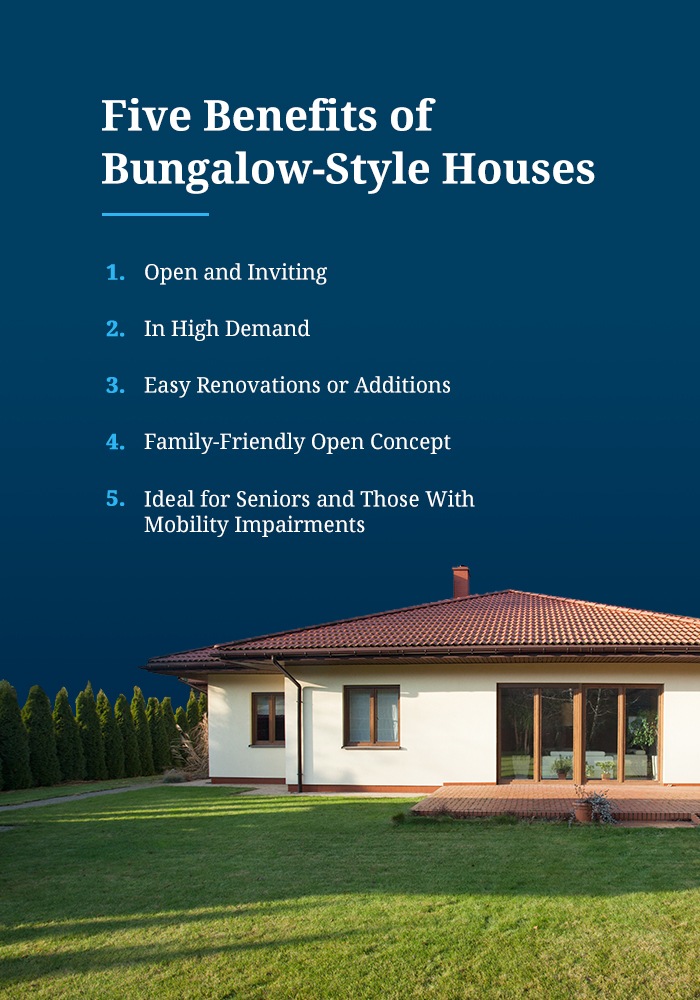
In form and function, bungalow homes provide several distinct advantages for owners that other architectural styles can’t quite match.
1. Open and Inviting
The informal, open and expansive layouts quintessential to a bungalow house plan make this style particularly inviting for all who walk through your door.
This is primarily due to the horizontal emphasis of bungalows. Its single-story open floor plan translates into a spacious and central great room incorporating the living room, kitchen and dining area with bedrooms and bathrooms tucked away on the edges. Guests naturally congregate in this centralized area, while bedrooms maintain comfortable levels of privacy.
What’s more, bungalows reflect design elements from rustic, cottage and Craftsman architectural styles. The result is a genuinely homey feel inside and out, marked by a few variations in bungalow floor plans that push some of these cozy details to the forefront, such as custom built-ins, protruding dormers and triangular rooflines with exposed rafters.
2. In High Demand
The naturally open concepts and airy, comfortable aesthetic make bungalow houses one of the most popular styles in today’s housing market.
Most bungalow designs offer a well-proportionated home size as well. Neither too cramped nor too massive, bungalows are a great fit for growing families to retirees seeking a manageable home. Should you decide to put your bungalow up for sale, it’s distinct features are statistically likely to sell quickly and for fair market values, making a bungalow-style house a sound investment.
3. Easy Renovations or Additions
As your lifestyle changes, so, too, will your home needs. Bungalow floor plans are uniquely primed for renovations and add-ons without triggering a complete house overhaul.
This is largely thanks to bungalow’s broad, prominent ground floor as well as its rafter and beam presence, which permits flexible first and second-story additions. You save on construction costs for any possible alterations, increasing the total square footage of your home without sacrificing the layout you first fell in love with.
4. Family-Friendly Open Concept
Bungalows were one of the first to incorporate open-concept themes into its floor plans — far before other architectural styles hopped on the open-concept bandwagon.
This is because a typical bungalow build centralizes the three main rooms in the home — the kitchen, living room and dining area — into a cohesive, inter-flowing great room. Partial divisions can be achieved through built-ins, columns and other decorative methods. Yet the heart of the home remains open and inviting, allowing plenty of natural light and keeping sightlines expansive.
5. Ideal for Seniors and Those With Mobility Impairments
Since bungalows are designed to be first-floor centric, they make a natural choice for retired couples or those looking to age in-place. You get peace of mind that aging will never force you to leave your beloved home that’s been the backdrop to life’s cherished memories.
The same first-floor-heavy layout means bungalows are an ideal home for people with mobility impairments and physical limitations. Bungalows are far more accessible to enter and exit, often don’t require a second floor and contain airy, open great rooms, making wheelchair and walker movements a breeze.
Popular Styles of Bungalow House Plans
There are nearly a dozen sub-styles of bungalow houses today.
Inspired by the design movement’s return to craftsmanship, attention-to-detail and comfortable, approachable charm, you’ll note these bungalow-inspired iterations when exploring this style’s overall house plans.
- Classic Bungalow: The classic honors the archetypal low overhung roof, columned front porch, second-story dormers, warm brick-and-wood accents and centralized, generous great room that first shot this home style to fame.
- Craftsman Bungalow: This style takes the best of the classic bungalow and layers added rustic and arts-and-crafts touches, including ample interior built-ins, corner nooks, window seats and rich, wood trims lining walls and dormer, double-hung windows.
- Victorian-Influenced Bungalow: A Victorian-influenced bungalow creates a down-to-earth fusion of the ornate Victorian-style exterior aesthetics balances with an inviting bungalow layout and cozy front porch. This style will also be more vertically-oriented than classic bungalow structures yet still nod toward the homey and familiar.
- Multi-Story Bungalow: This style is perfect for large and growing families needing a little extra room but loving the look and feel of the bungalow’s hearth-like central living area. Multi-story bungalows will feature vertically integrated porches, bedrooms shifted to the upper floors and greater total square footage without sacrificing the quaint charm of the original style.
- Southern Ranch-Style Bungalow: Blending country home features with bungalow sensibilities, a Southern ranch-style fusion expands the iconic front porch around all or most of the home, providing unencumbered indoor-outdoor access. The styles marry further with exposed rafters and beams, an expansive open concept great room and bedrooms tucked into the peripheries for privacy and retreat.
Bungalow House Plans FAQ
Have questions about bungalow floor plans, pricing, availability and more? Consult these common bungalow FAQs to answer your most pressing questions, or reach out directly for one of our representatives to help.
1. What Is a Bungalow House?
Bungalow homes are a specific architectural style featuring the following characteristics:
- One to 1.5 stories, with the second story typically loft-style.
- Low-pitched roofs with exposed/overhung sides extending over the home’s edge.
- A front-facing porch or veranda proportionate to the rest of the home’s size.
- Exposed rafter tails and beams, particularly supporting the porch roof and great room.
Bungalows are often confused with Craftsman-style houses and for understandable reasons. Both feature low-pitched roofs, front-facing porches and square, dense supporting columns and beams. However, bungalow homes have a history and story uniquely their own — plus technically came before the American Craftsman movement, influencing their look and layout rather than the other way around.
2. Why Is This Style Called “Bungalow”?
“Bungalow” nods to the Bengal region of India, where these homes originated. “Bungalow” comes from the Hindu words for home, “bangla” and “bunguloues.”

English colonists living in India in the late 19th century sought to build homes well-suited to the tropical climate yet cost-effective and quick enough to be worth the effort. The result was open-concept, well-aired, one-story home designs colonists took with them back to England after Indian independence.
As the Arts and Crafts architectural movement made waves at the turn of the 20th century, bungalow designs reached new strides. Bungalows made their way across the pond and found a booming welcome in the United States housing market, where homeowners were drawn to their natural, unpretentious charm and equally economical costs — benefits bungalow homes still maintain today.
3. How Much Does a New Bungalow Home Cost?
The final cost of your custom home bungalow varies. Pricing factors are influenced by several variables, including but not limited to:
- Selected bungalow home design
- Location
- Square footage
- Add-ons or customizations
- Building timeline
- Materials
- Labor
- And more
For accurate price estimates, reach out to a local contractor or team of builders to discuss desired bungalow house logistics. These experts are more than ready to explore our stock designs and features, as well as discuss your vision for that dream home in tangent with your selected, pre-drawn design.
4. Where Are Bungalow-Style Homes Found?
Traditionally, bungalows were popular in parts of England and the United States where land square footage was relatively cheap. Given its horizontal orientation, the style required a reasonable amount of space to build its archetypal designs and thus found immediate popularity in regions such as Southern California and the Midwest. Even today, bungalows and Craftsman-styled homes are among the most desired architectural styles for homes in America’s heartland.
Today, bungalows sprinkle the country, with sub-styles adapted to its region’s specific influences. For example, in the American Southwest, bungalows contain trace Spanish and indigenous architectural influences now known as Spanish Revival Bungalows. California has its own Californian bungalows design staples, while the Midwest claims a brick-heavy Chicago bungalow style as well as Prairie-style bungalows.
5. Can I Modify My Bungalow Floor Plan?
Of course. All our bungalow home layouts start as architectural specs, meaning they contain a pre-drawn and planned core floor plan.
However, it’s your home! All our designs come primed for customizations. We expect and encourage alterations with your chosen contractor and building partners to meet your exact preferences and tastes, and stay flexible to ensure every detail of your home stays true to you.
Popular bungalow floor plan modifications include:
- Square footage alterations
- Additional bedrooms
- Additional bathrooms
- Garage expansions
- Home foundation type
- Exterior wall materials
- Window and door customizations
- Roofing
- Fireplaces
- Bonus rooms
- Room finishes
- And so many more
6. How Long Does It Take to Build a Bungalow?
Your home’s blueprint-to-move-in-ready timeline will be contingent on your home’s lot location, the size and ornateness of your home, your budget, municipality ordinances and your contractor and building team’s capabilities, among a few other core variables.
Work with your contractor to devise a reasonable timeline that works best for all parties. Understand these timelines may change, especially across lot re-engineering, inspections and other common residential construction phases setting the stage for a successful build.
Order Your Bungalow Home Plan
Discover the true charm, character and quality in the bungalow home by exploring Family Home Plan’s extensive online bungalow house plan catalog.
From traditional, small bungalow house plans to modern, spacious and spectacular, we’re sure to have a spec bungalow layout checking all the boxes for your new dream home — and then some.
Explore our bungalow home plans, then reach out to set up receiving house plan specs for the styles and layouts that catch your eye.


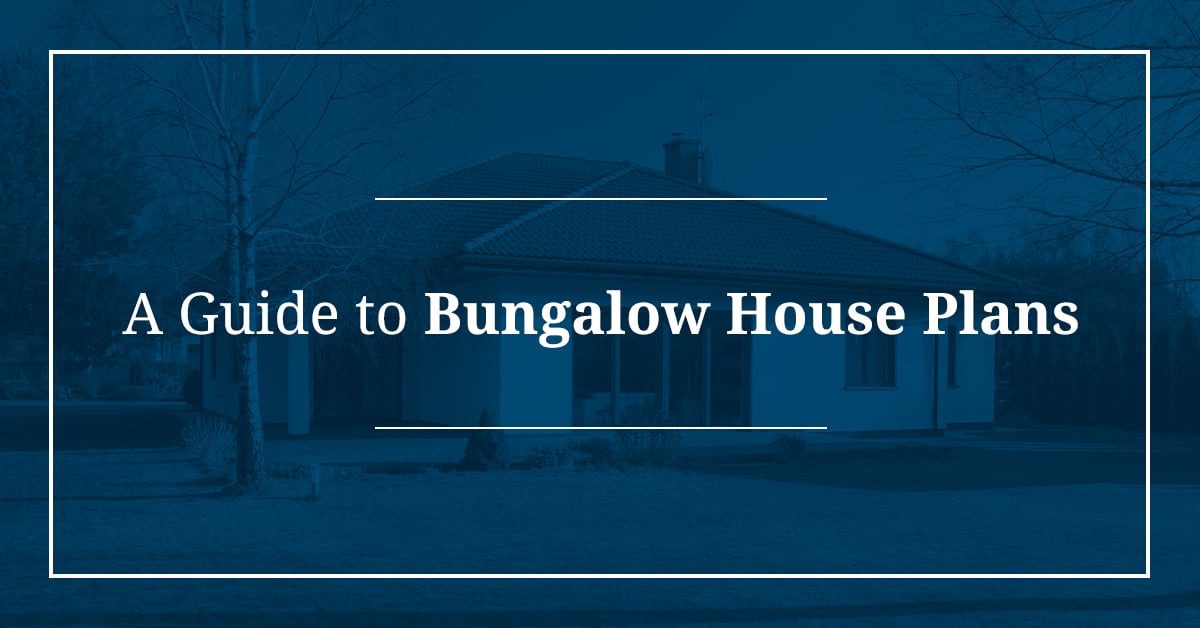
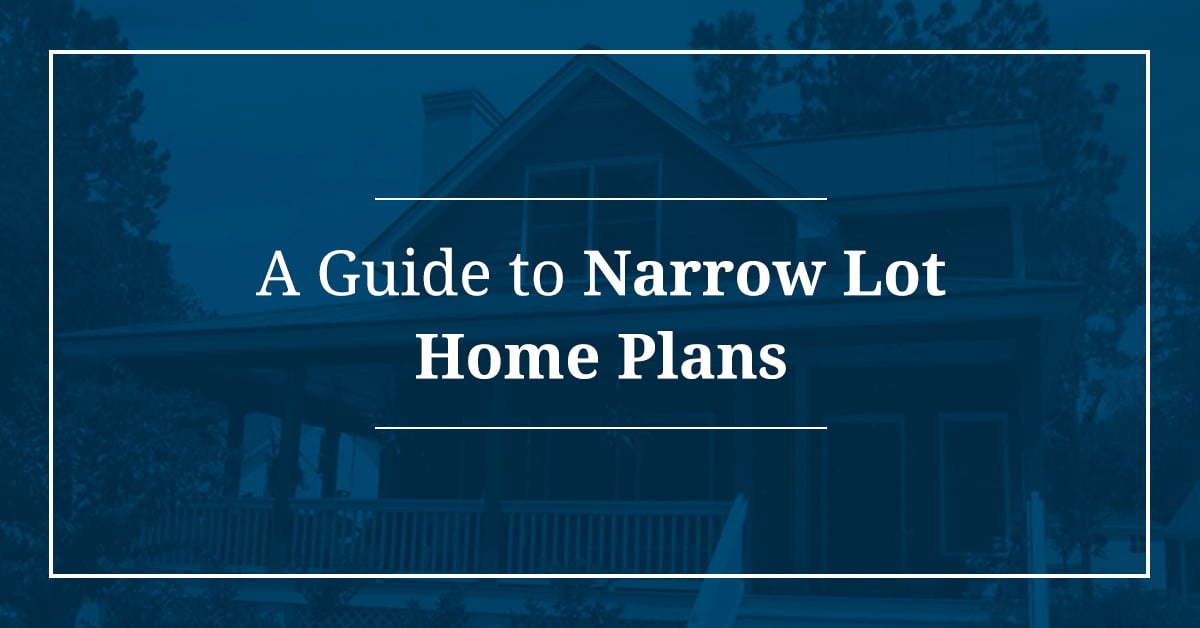

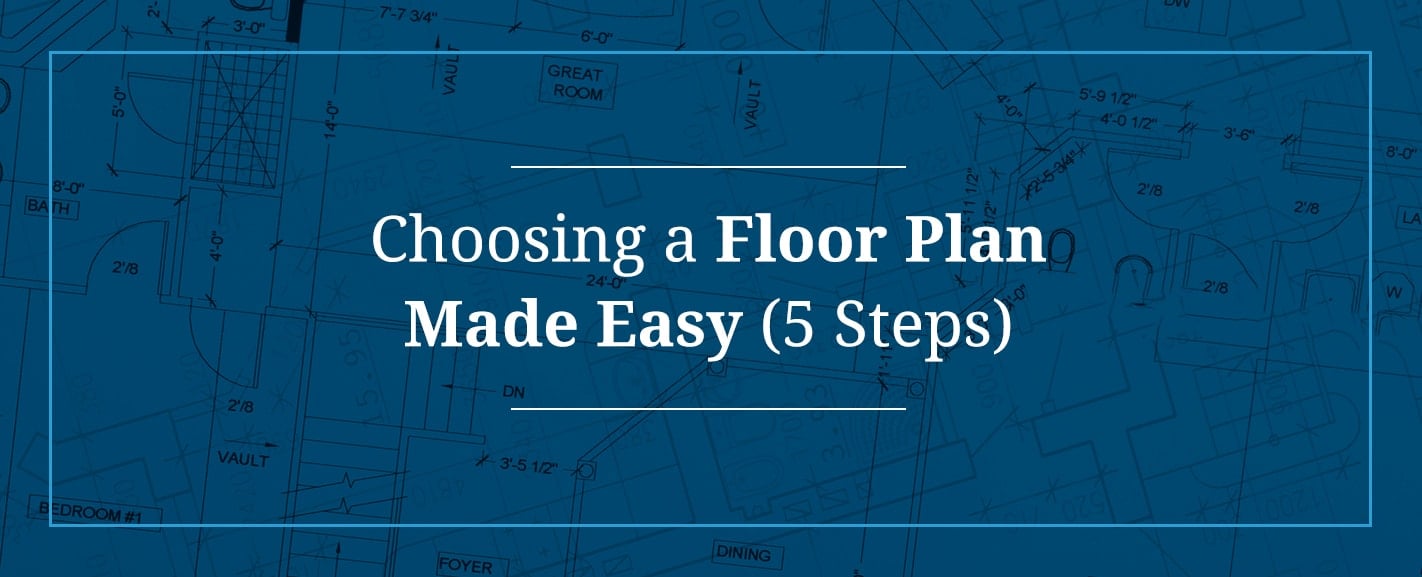
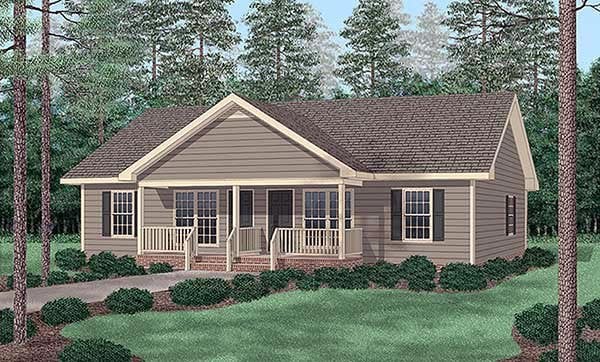

Leave a Reply